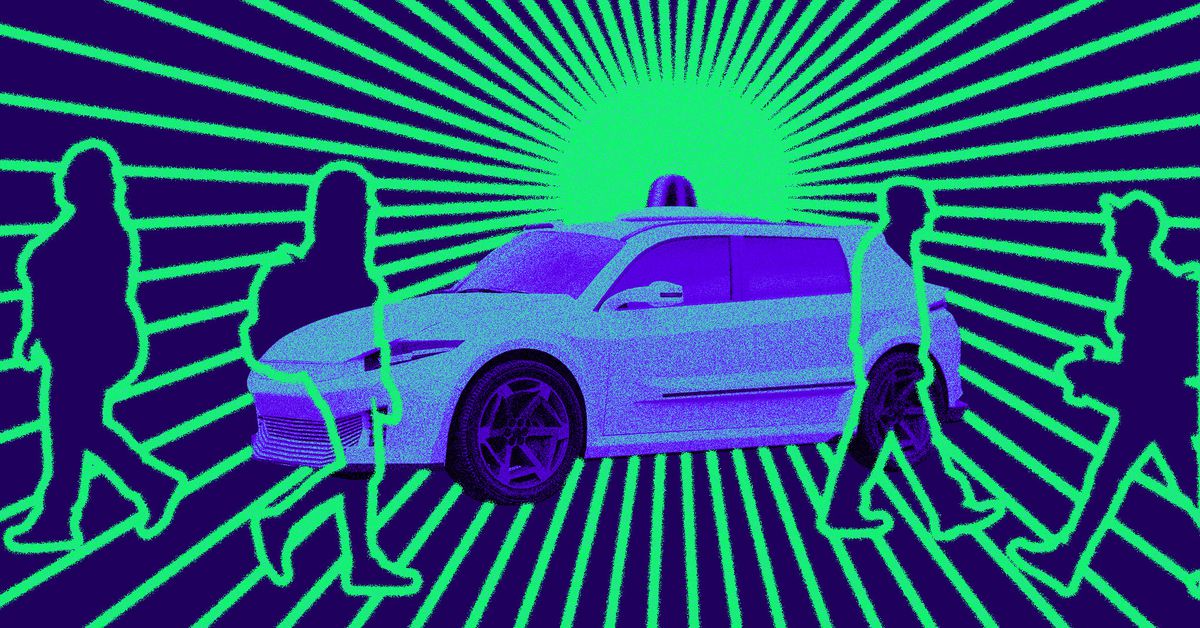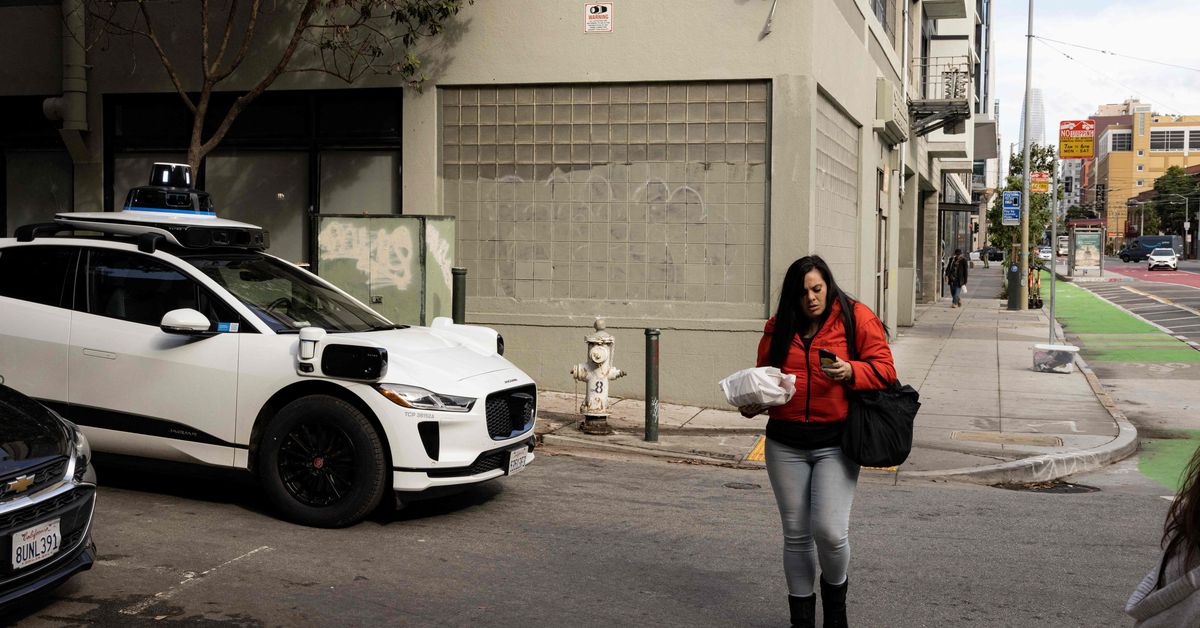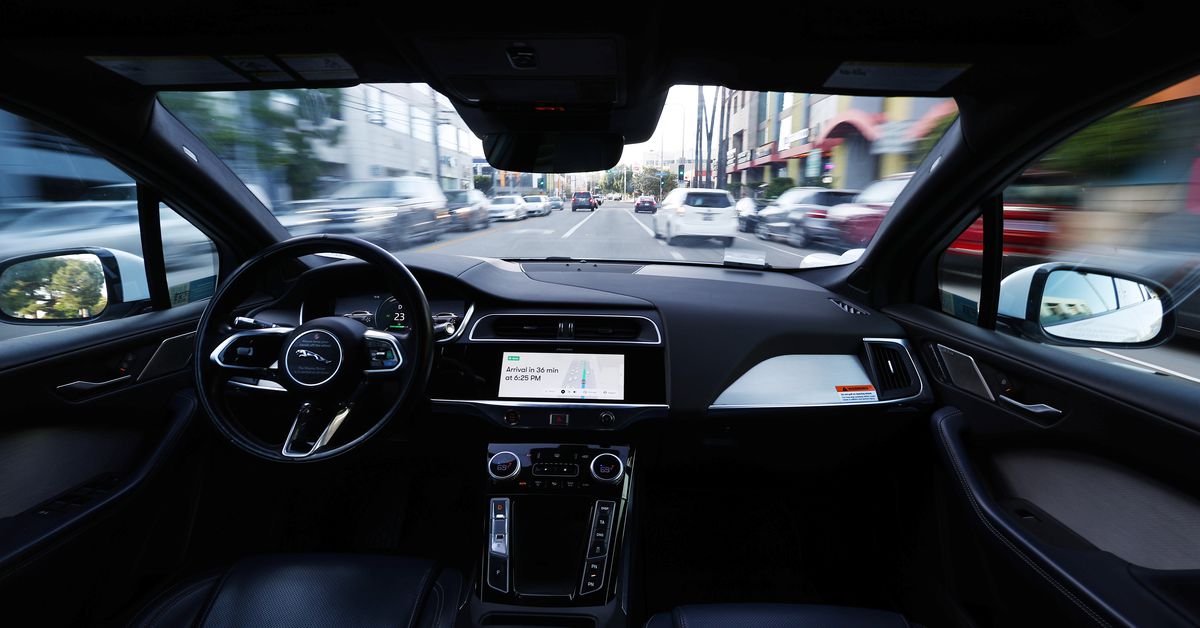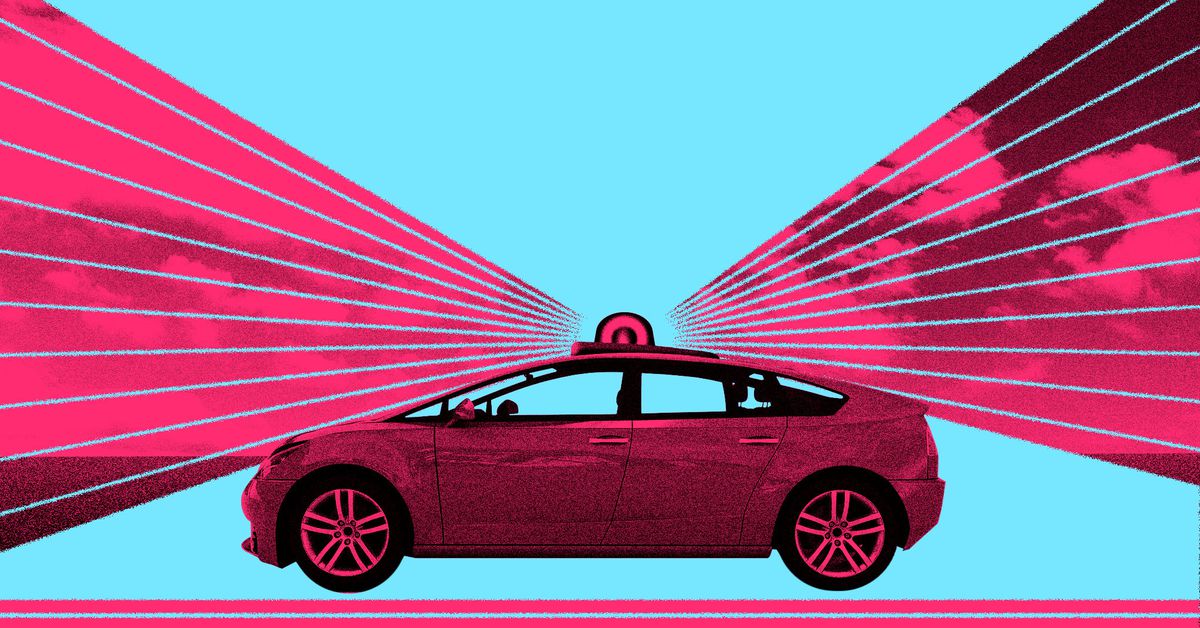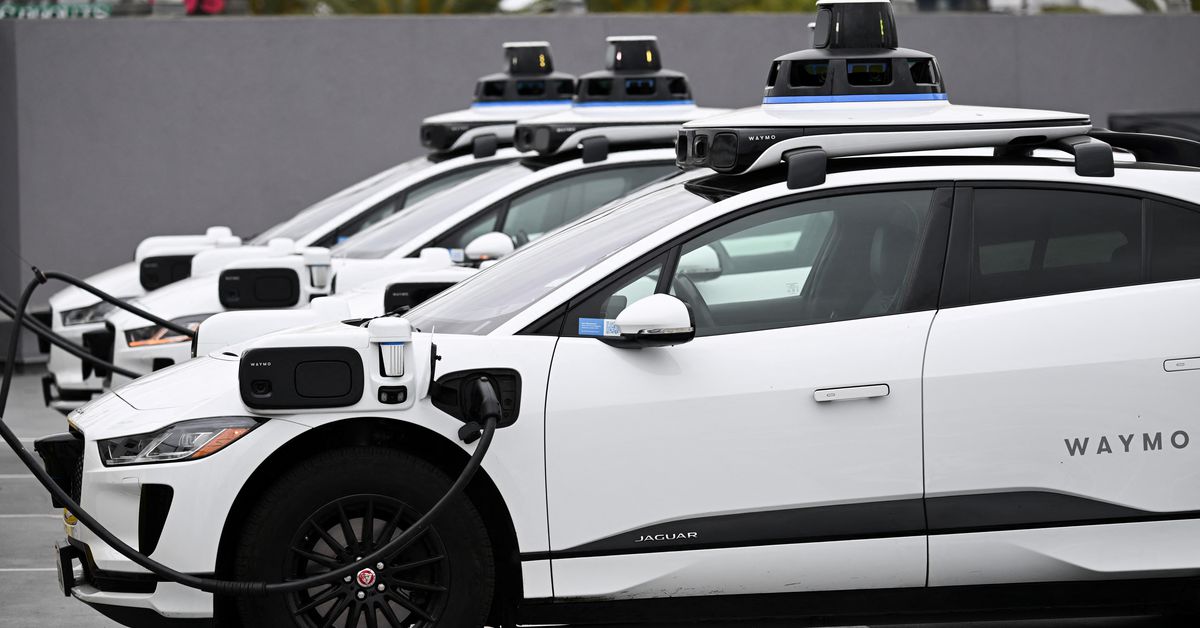If autonomous vehicles are to go mainstream, they need to go as far as they can to ensure the safety of everyone on the road. And no one is in more need of protection than so-called vulnerable road users like pedestrians, cyclists, and motorcyclists, thousands of whom are killed every year.
Waymo, the robotaxi company owned by Alphabet, recently published a new study examining hundreds of these types of crashes involving vulnerable road users, which it is calling “the largest dataset of its kind in the US.”
Roughly 40,000 people in the US are killed each year in vehicle crashes. But while automakers have become very good at protecting people inside of vehicles, they have essentially neglected the safety of people outside of them.
Meanwhile, the academic community has shown little interest in studying injuries of vulnerable road users (VRUs), so Waymo set out to rectify that, said John Scanlon, a safety researcher at Waymo. The goal was to shine a light on this underexamined area of traffic research in the hopes that the results could help make Waymo’s driverless technology safer — and maybe even help out some of its rivals, too.
The academic community has shown little interest in studying injuries of vulnerable road users
The new research comes amid a deadly period for pedestrians and cyclists in the US, where reports of injuries and fatalities remain frustratingly high. In 2022, 7,522 pedestrians were killed in vehicle crashes and more than 67,000 pedestrians were injured nationwide, according to the National Highway Traffic Safety Administration.
“An accurate, in-depth understanding of the unique safety risks presented to these groups is critical in developing effective strategies to reduce injuries and fatalities,” Scanlon said.
To study these types of injuries, Scanlon and his team first needed footage from hundreds of car crashes, so it partnered with dash cam company Nexar. Sifting through Nexar’s anonymized data of 500 million miles of driving, Scanlon’s team successfully reconstructed 335 crashes involving VRUs — pedestrians, cyclists, and motorcyclists — in six American cities. However, the data was heavily skewed toward New York City, where 80 percent of the incidents took place. The anonymous individuals in the dataset suffered moderate to severe injuries, depending on the collision, but none of the crashes Waymo studied were fatal.
The result is the “largest, documented naturalistic driving dataset in the US,” the company says. By studying this data, Waymo hopes to gain better insight into how, when, and why vulnerable road users get injured by vehicle drivers. And by zeroing in on the “frequency and severity” of collisions, Waymo was able to draw several relevant conclusions from the dataset.
On the surface, the results seem pretty obvious. Pedestrians and cyclists were more likely to be injured when they “surprise” drivers, like attempting to cross the street against the traffic light. Also, “geometric occlusions,” like trees, bushes, buildings, or other vehicles, led to a higher risk of injury. And the vehicle’s trajectory, the direction it is traveling or turning, played a significant role.
“An accurate, in-depth understanding of the unique safety risks presented to these groups is critical”
Waymo partnered with VUFO, a traffic research group based in Germany, to develop models for injury risk assessment. It also leveraged anonymized data from the German In-Depth Accident Study, which includes information on thousands of VRU crashes over more than two decades and represents “the most relevant data available in the world today” for estimating injury risk for VRUs.
Waymo’s driverless vehicles operate in San Francisco, Los Angeles, and Phoenix, where they conduct over 150,000 paid trips a week. The company is planning to launch its robotaxi service in Austin and Atlanta as well. And every day, a driverless Waymo vehicle must navigate an environment full of vulnerable road users. One false move could be deadly, and if past is prologue, the AV operators have to be prepared to accept full responsibility for what went wrong.
There have been a handful of collisions involving driverless vehicles and a few injuries. A cyclist was injured by a Waymo vehicle in San Francisco in February 2024 after emerging from behind a truck that was blocking the view. And last year, a Cruise vehicle struck a pedestrian and then dragged her to the side of the road. The company is still dealing with the fallout.
Scanlon said that by better understanding these types of collisions, AV operators can recreate them both in simulation and real-world testing, which could lead to safer decisions.
“This analysis can serve as a starting point for pinpointing baseline driving risk associated with VRU collisions in dense-urban areas, which will, in turn, enable AV performance testing and evaluation,” he said.
